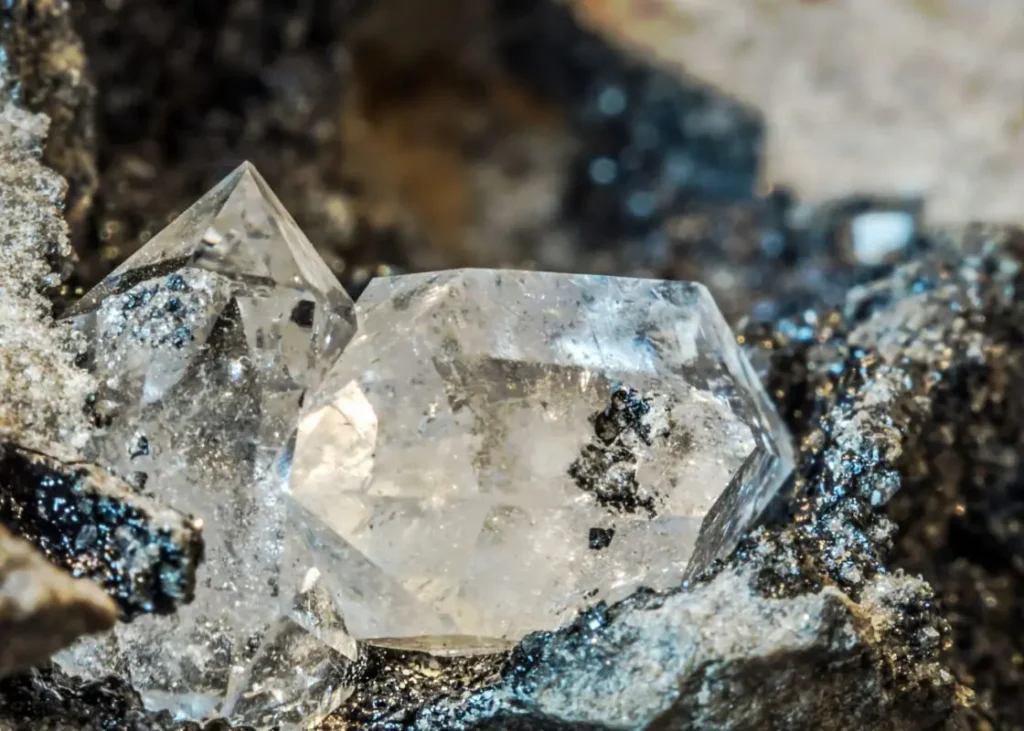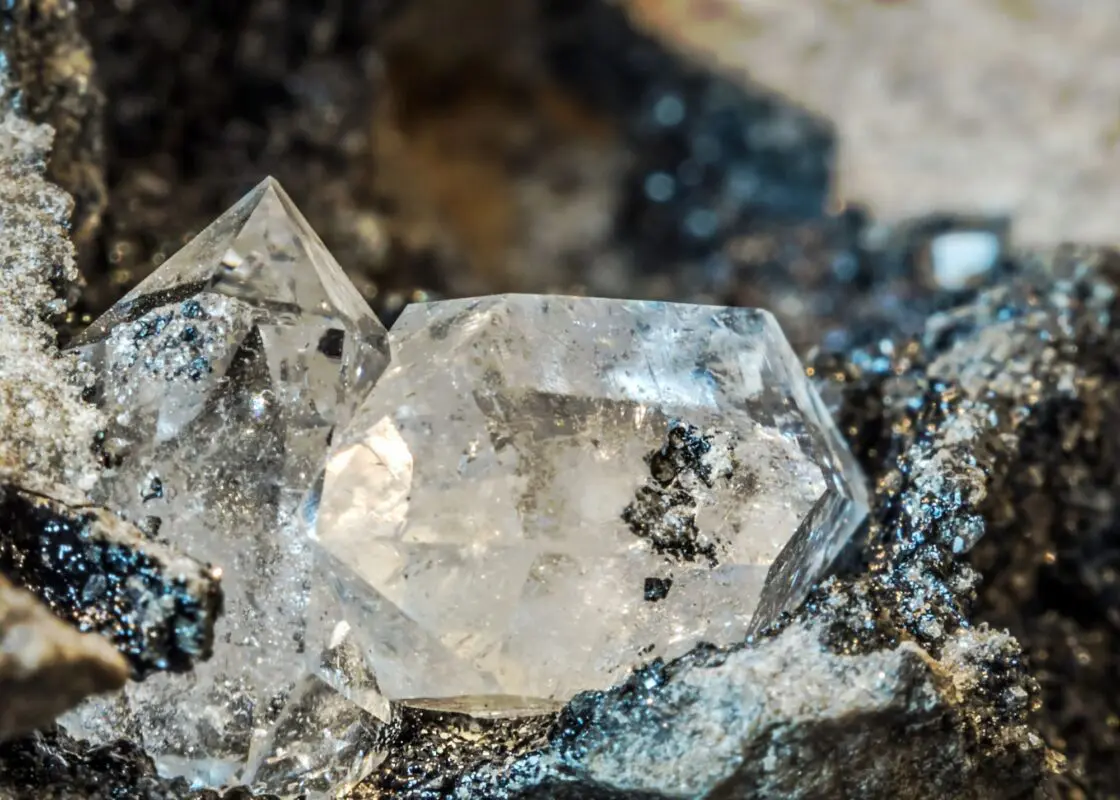
Crystal mining is an ancient practice that has fascinated humans for centuries. The allure of crystals, with their vibrant colors, unique shapes, and perceived mystical properties, has driven people to dig deep into the earth in search of these natural wonders. Today, crystal mining remains a popular activity, whether for commercial purposes or as a recreational hobby. This article explores the process of crystal mining, the types of crystals that can be found, and the ethical considerations surrounding this practice.
The Process of Crystal Mining
Crystal mining involves the extraction of natural crystals from the earth. This can be done through various methods, depending on the type of crystal and the location of the deposit. In some cases, crystals are found near the surface and can be collected with minimal excavation. In other instances, miners must dig deep into the ground or even tunnel into mountainsides to reach the crystal veins. The most common method of crystal mining is open-pit mining, where large holes are dug into the earth to access the crystal-bearing rock layers. Miners then use tools such as shovels, picks, and hammers to break apart the rock and extract the crystals. In more industrial operations, heavy machinery like excavators and bulldozers may be used to move large amounts of earth quickly. Another method is underground mining, which is used when crystal deposits are located deep within the earth. This technique involves creating tunnels or shafts to reach the crystals, which are then extracted using similar tools as in open-pit mining. Underground mining can be more labor-intensive and dangerous, requiring proper ventilation and safety measures to protect the miners.In recent years, recreational crystal mining has gained popularity, with individuals and families visiting designated mining sites to try their hand at finding crystals. These sites often provide tools and guidance, making it an accessible activity for beginners. The experience of digging through the earth and uncovering a hidden crystal can be both thrilling and rewarding.
Types of Crystals Found in Mining
The world is home to a vast array of crystals, each with its unique properties and beauty. Some of the most commonly mined crystals include quartz, amethyst, garnet, and tourmaline. Quartz, one of the most abundant minerals on earth, comes in various forms, including clear quartz, smoky quartz, and rose quartz. Amethyst, a purple variety of quartz, is highly prized for its rich color and is often used in jewelry. Garnet is another popular crystal, known for its deep red hues, although it can also be found in green, yellow, and orange varieties. Tourmaline is a versatile crystal that comes in a wide range of colors, from pink to green to black, and is often sought after by collectors. In addition to these well-known crystals, there are countless other varieties, such as aquamarine, citrine, fluorite, and beryl, each with its unique characteristics and appeal. The type of crystal that can be found in a particular area depends on the geological conditions and the minerals present in the earth’s crust.
The Appeal of Crystal Mining
The appeal of crystal mining lies in the combination of adventure, discovery, and the potential to find something truly extraordinary. For many, the process of searching for crystals is a way to connect with nature and appreciate the beauty of the earth’s natural formations. The thrill of unearthing a crystal that has been hidden for millions of years can be a deeply satisfying experience.
Moreover, crystals are often associated with metaphysical properties, and many people believe that they possess healing energies or spiritual significance. This belief has fueled a growing interest in crystals, leading to an increased demand for mined specimens. Collectors and enthusiasts may seek out specific crystals for their purported benefits, such as promoting calm, enhancing creativity, or providing protection. Crystal mining can also be a lucrative venture, as high-quality crystals can fetch significant prices on the market. Rare or unusually large crystals are particularly valuable, and some miners dedicate their lives to the pursuit of these treasures. However, it’s important to note that not all crystals found in mining are of gem quality; many are used for industrial purposes or as decorative items.
Ethical Considerations in Crystal Mining
As with any form of mining, crystal mining raises important ethical and environmental concerns. The extraction process can have a significant impact on the surrounding ecosystem, particularly when large-scale operations are involved. Open-pit mining, in particular, can lead to habitat destruction, soil erosion, and water contamination. To mitigate these effects, some crystal mining operations have adopted sustainable practices, such as reclaiming mined land and reducing the use of harmful chemicals. Consumers can also play a role by choosing to purchase crystals from sources that prioritize ethical mining practices. Another ethical consideration is the treatment of workers involved in crystal mining. In some regions, crystal mining is conducted in unsafe or exploitative conditions, with workers receiving little pay for their labor. Ensuring fair wages and safe working conditions is crucial in promoting responsible crystal mining practices.
Final Thoughts
Crystal mining is a fascinating and multifaceted activity that offers the opportunity to discover nature’s hidden treasures. Whether pursued as a hobby or a commercial venture, the process of unearthing crystals can be a deeply rewarding experience. However, it is essential to approach crystal mining with a consciousness of its environmental and ethical implications. By supporting sustainable and responsible practices, we can continue to enjoy the beauty and wonder of crystals while preserving the earth for future generations.
